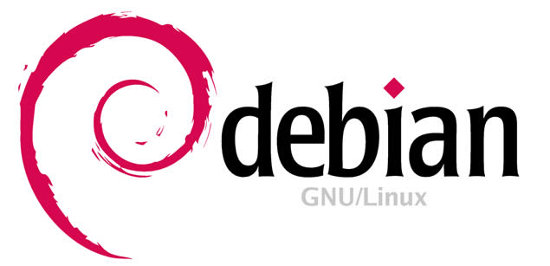
Debian Linux, renowned for its stability, security, and versatility, offers users the flexibility to choose from a variety of desktop environments to tailor their computing experience. The selection of a desktop environment often hinges on factors such as personal preferences, system resource requirements, and the intended use of the system. In this comprehensive overview, we will delve into some of the best desktop environments for Debian Linux, highlighting their key features, resource usage, and suitability for different user preferences.
1. GNOME:
- Description: GNOME stands as one of the most widely adopted desktop environments in the Linux ecosystem, known for its modern, user-friendly interface. Its design philosophy revolves around simplicity, with an emphasis on providing a streamlined and intuitive user experience.
- Features:
- Activities overview for efficient multitasking.
- Integrated notifications and system settings.
- GNOME Shell extensions allow extensive customization.
- Resource Usage: Moderate to high.
2. KDE Plasma:
- Description: KDE Plasma offers a visually stunning and highly customizable desktop environment. Renowned for its feature-rich nature, it provides an immersive experience with a wide range of personalization options.
- Features:
- Customizable panels and widgets.
- Integrated applications and activities.
- Extensive system settings for fine-tuning.
- Resource Usage: Moderate to high.
3. Xfce:
- Description: Xfce strikes a balance between functionality and resource efficiency, making it an excellent choice for users seeking a lightweight desktop environment. It is particularly suitable for older hardware or those who appreciate a more traditional desktop layout.
- Features:
- Lightweight and fast performance.
- Customizable panels and desktop.
- Simple and straightforward interface.
- Resource Usage: Low to moderate.
4. LXQt:
- Description: LXQt is a lightweight and Qt-based desktop environment designed to offer both speed and energy efficiency. It provides a modern look and feel while catering to users with diverse hardware configurations.
- Features:
- Lightweight design for optimal performance.
- Integration with Qt applications.
- Simple and intuitive interface.
- Resource Usage: Low to moderate.
5. Cinnamon:
- Description: Cinnamon, developed as the default desktop environment for Linux Mint, is easily installable on Debian. It strikes a balance between features and performance, offering a familiar interface for users transitioning from other operating systems.
- Features:
- Classic desktop layout.
- Integrated settings and applets.
- Theming and customization options.
- Resource Usage: Moderate.
6. MATE:
- Description: MATE, a continuation of the GNOME 2 desktop environment, provides a traditional and user-friendly interface. It is designed to be lightweight while offering a complete and functional desktop experience.
- Features:
- Traditional desktop layout.
- Familiar interface for GNOME 2 users.
- Simple and configurable.
- Resource Usage: Moderate.
7. Openbox (Window Manager):
- Description: While not a complete desktop environment, Openbox is a highly customizable window manager often used in conjunction with lightweight desktop environments. It is ideal for users seeking a minimalistic and efficient window management solution.
- Features:
- Lightweight and minimalistic.
- Highly customizable.
- Fast and resource-efficient.
- Resource Usage: Low.
Choosing the Right Desktop Environment: The choice of a desktop environment for Debian Linux is a highly personal decision influenced by factors such as aesthetic preferences, workflow requirements, and the specifications of the underlying hardware. Users with newer, more powerful hardware might gravitate toward the visual appeal and feature-rich nature of GNOME or KDE Plasma, while those with older systems may find the resource efficiency of Xfce or LXQt to be more suitable. For those who prefer a classic desktop experience, Cinnamon and MATE provide familiarity and customization options. Additionally, users who value minimalism and customization may opt for Openbox as a window manager.
Ultimately, the beauty of Debian lies in its adaptability, allowing users to experiment with different desktop environments to find the perfect fit for their needs. It is recommended to explore each environment, considering aspects such as aesthetics, workflow, and resource utilization, to make an informed decision that aligns with individual preferences and requirements.